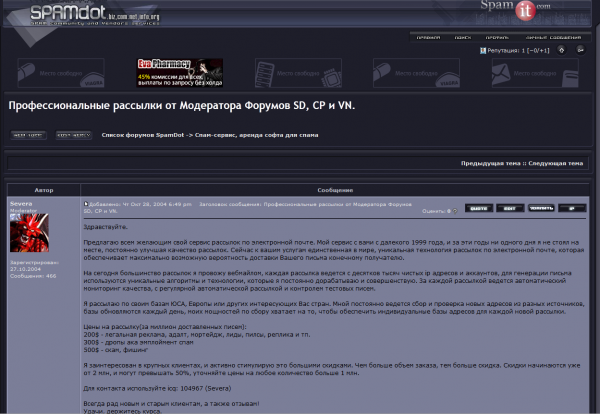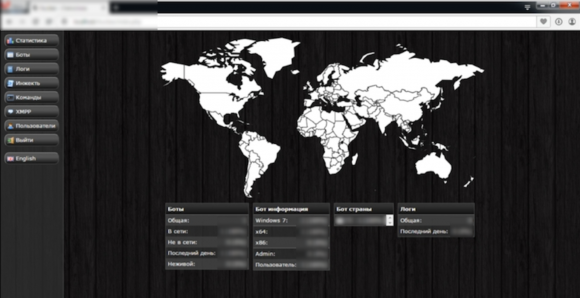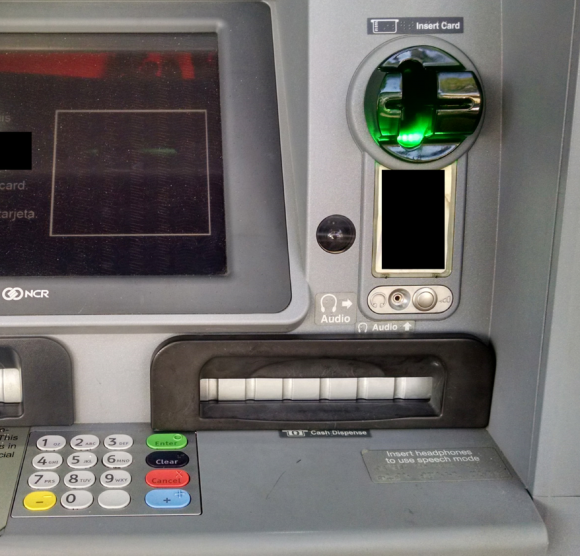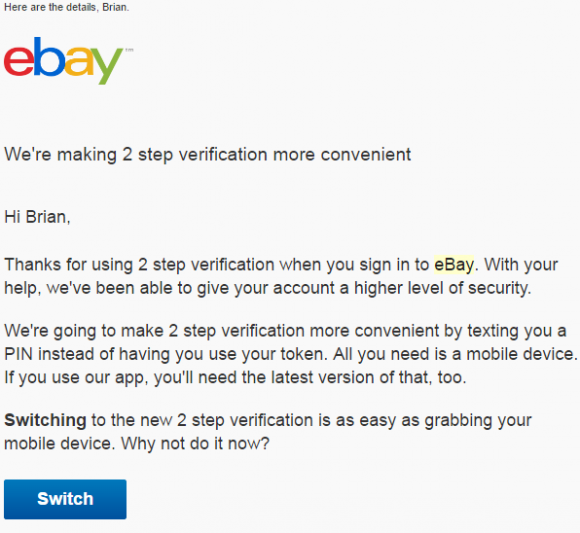Over the past several days, many Western news media outlets have predictably devoured thinly-sourced reporting from a Russian publication that the arrest last week of a Russian spam kingpin in Spain was related to hacking attacks linked to last year’s U.S. election. While there is scant evidence that the spammer’s arrest had anything to do with the election, the success of that narrative is a sterling example of how the Kremlin’s propaganda machine is adept at manufacturing fake news, undermining public trust in the media, and distracting attention away from the real story.

Russian President Vladimir Putin tours RT facilities. Image: DNI
On Saturday, news broke from RT.com (formerly Russia Today) that authorities in Spain had arrested 36-year-old Peter “Severa” Levashov, one of the most-wanted spammers on the planet and the alleged creator of some of the nastiest cybercrime engines in history — including the Storm worm, and the Waledac and Kelihos spam botnets.
But the RT story didn’t lead with Levashov’s alleged misdeeds or his primacy among junk emailers and virus writers. Rather, the publication said it interviewed Levashov’s wife Maria, who claimed that Spanish authorities said her husband was detained because he was suspected of being involved in hacking attacks aimed at influencing the 2016 U.S. election.
The RT piece is fairly typical of one that covers the arrest of Russian hackers in that the story quickly becomes not about the criminal charges but about how the accused is being unfairly treated or maligned by overzealous or misguided Western law enforcement agencies.
The RT story about Levashov, for example, seems engineered to leave readers with the impression that some bumbling cops rudely disturbed the springtime vacation of a nice Russian family, stole their belongings, and left a dazed and confused young mother alone to fend for herself and her child.
This should not be shocking to any journalist or reader who has paid attention to U.S. intelligence agency reports on Russia’s efforts to influence the outcome of last year’s election. A 25-page dossier released in January by the Office of the Director of National Intelligence describes RT as a U.S.-based but Kremlin-financed media outlet that is little more than an engine of anti-Western propaganda controlled by Russian intelligence agencies.
Somehow, this small detail was lost on countless Western media outlets, who seemed all too willing to parrot the narrative constructed by RT regarding Levashov’s arrest. With a brief nod to RT’s “scoop,” these publications back-benched the real story (the long-sought capture of one of the world’s most wanted spammers) and led with an angle supported by the flimsiest of sourcing. Continue reading






 “GameStop recently received notification from a third party that it believed payment card data from cards used on the GameStop.com website was being offered for sale on a website,” a company spokesman wrote in response to questions from this author.
“GameStop recently received notification from a third party that it believed payment card data from cards used on the GameStop.com website was being offered for sale on a website,” a company spokesman wrote in response to questions from this author.






 On Tuesday, the House approved a Senate resolution to roll back data privacy regulations enacted late last year at the Federal Communications Commission (FCC) that would block ISPs from selling to advertisers information about where you go and what you do online. President Trump has signaled his intent to sign the bill (
On Tuesday, the House approved a Senate resolution to roll back data privacy regulations enacted late last year at the Federal Communications Commission (FCC) that would block ISPs from selling to advertisers information about where you go and what you do online. President Trump has signaled his intent to sign the bill (

 Bowling Green State University in Ohio has more than 20,000 students and faculty, and like virtually any other mid-sized state school its Internet users are constantly under attack from scammers trying to phish login credentials for email and online services.
Bowling Green State University in Ohio has more than 20,000 students and faculty, and like virtually any other mid-sized state school its Internet users are constantly under attack from scammers trying to phish login credentials for email and online services. In early 2007, PayPal (then part of the same company as eBay) began offering its hardware token for a one-time $5 fee, and at the time the company was among very few that were pushing this second-factor (something you have) in addition to passwords for user authentication. In fact, I
In early 2007, PayPal (then part of the same company as eBay) began offering its hardware token for a one-time $5 fee, and at the time the company was among very few that were pushing this second-factor (something you have) in addition to passwords for user authentication. In fact, I 
